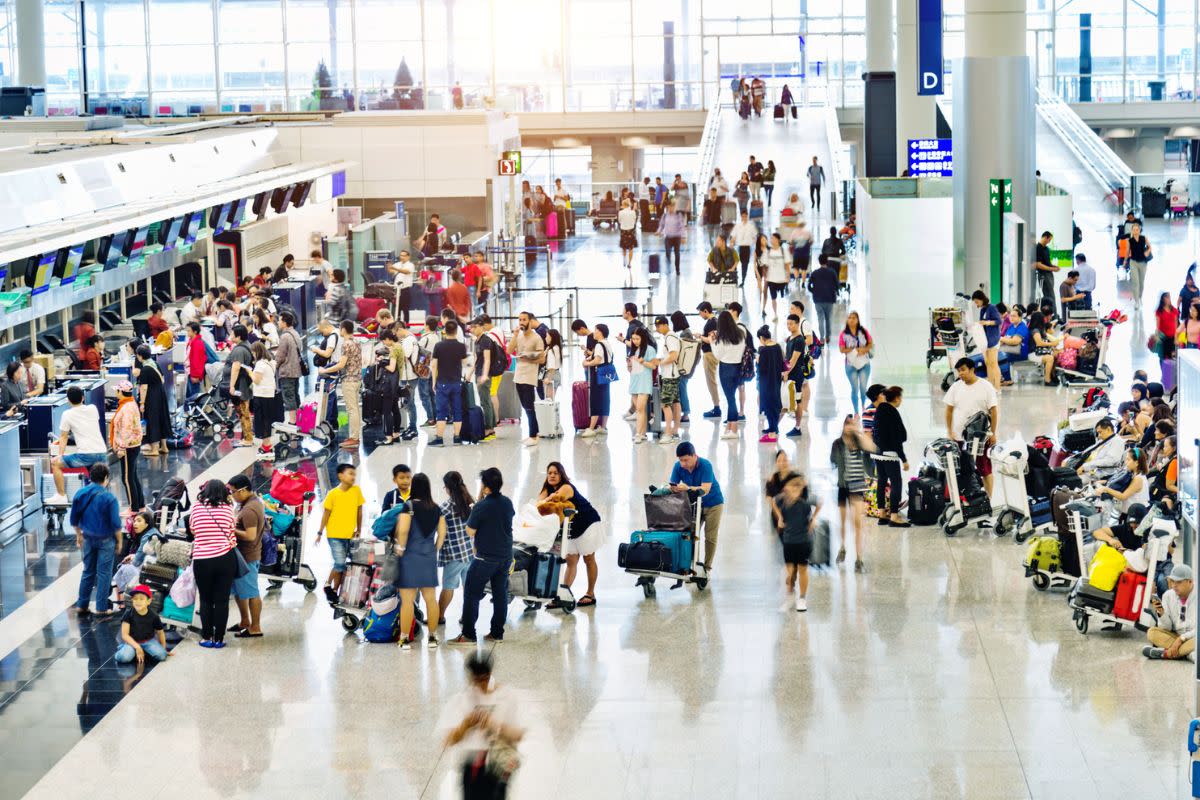Memorial Day Weekend Traffic: Tips To Avoid Traffic And Crowds

As Memorial Day 2024 approaches, millions of Americans are gearing up for what promises to be one of the busiest travel weekends in nearly two decades. Congestion will be intense, with the American Automobile Association, or AAA, projecting a record-setting 43.8 million travelers hitting the roads and skies. Here’s what you need to know to navigate the holiday weekend smoothly and avoid the worst traffic and crowds.
Record-Breaking Travel Numbers
According to AAA, 38.4 million people are expected to travel by car, marking the highest number since 2000. Additionally, 3.51 million travelers will take to the skies, making this the most crowded Memorial Day weekend at airports since 2005. The surge in travel is attributed to the growing trend of Americans seeking to kick off their summer with memorable trips, whether by road or air.
“We haven’t seen Memorial Day weekend travel numbers like these in almost 20 years,” stated Paula Twidale, senior vice president of the travel division at AAA. “We’re projecting an additional one million travelers this holiday weekend compared to 2019, which not only means we’re exceeding pre-pandemic levels but also signals a very busy summer travel season ahead.”
This Best and Worst Times to Travel this Memorial Day
To help you plan your travels, AAA and INRIX have provided detailed projections on the best and worst times to be on the road:
Thursday, May 23: Best Times: Before 11 a.m. or after 7 p.m.; Worst Times: 12 p.m. – 6 p.m.
Friday, May 24: Best Times: Before 11 a.m. or after 8 p.m.; Worst Times: 12 p.m. – 7 p.m.
Saturday, May 25: Best Times: Before 1 p.m. or after 6 p.m.; Worst Times: 2 p.m. – 5 p.m.
Sunday, May 26: Best Times: Before 1 p.m.; Worst Times: 3 p.m. – 7 p.m.
Monday, May 27: Best Times: After 7 p.m.; Worst Times: 3 p.m. – 7 p.m.
Tips for Memorial Day Travelers
Despite the expected gridlock, there are ways to make the most of your travel time. Road travelers should try to get out of there before or after sunset to beat the crowds. To avoid the worst of the Thursday and Friday traffic, plan your trip for either before 11 a.m. or after 7 p.m. Use a navigation program, such as Waze or Google Maps, to keep yourself updated on the current traffic situation. You can also use these tools to discover other routes and avoid traffic.
If traveling long distances, schedule rest stops during off-peak hours to avoid crowded service locations. Ensure your car is in good condition to prevent any trip delays caused by breakdowns. Additionally, airports should expect heavy traffic as American Airlines, Delta Air Lines, and United Airlines anticipate record-breaking passenger volumes. Arrive at the airport at least two hours before your domestic flight and three hours before your international journey. This will provide sufficient time for check-in and security procedures. For a more streamlined airport experience, use mobile check-in when possible.
People relying on public transportation, particularly in large cities such as New York, Boston, and Atlanta, should brace themselves for heavy traffic in the late afternoon and early evening. Travel during mid-morning or late evening to avoid the busiest times. Check transit schedules and plan your journey to minimize waiting times and transfers.

